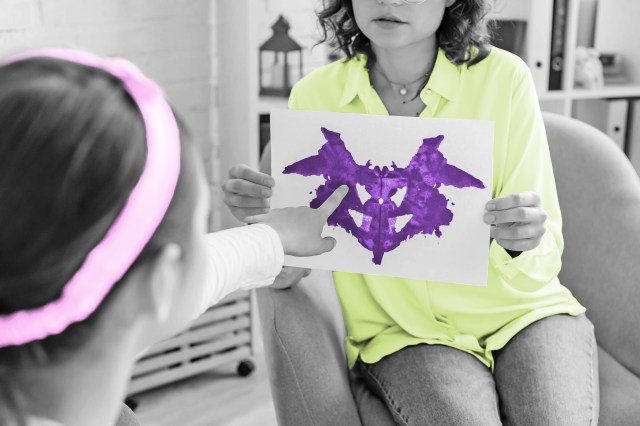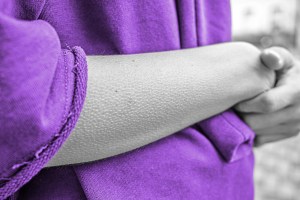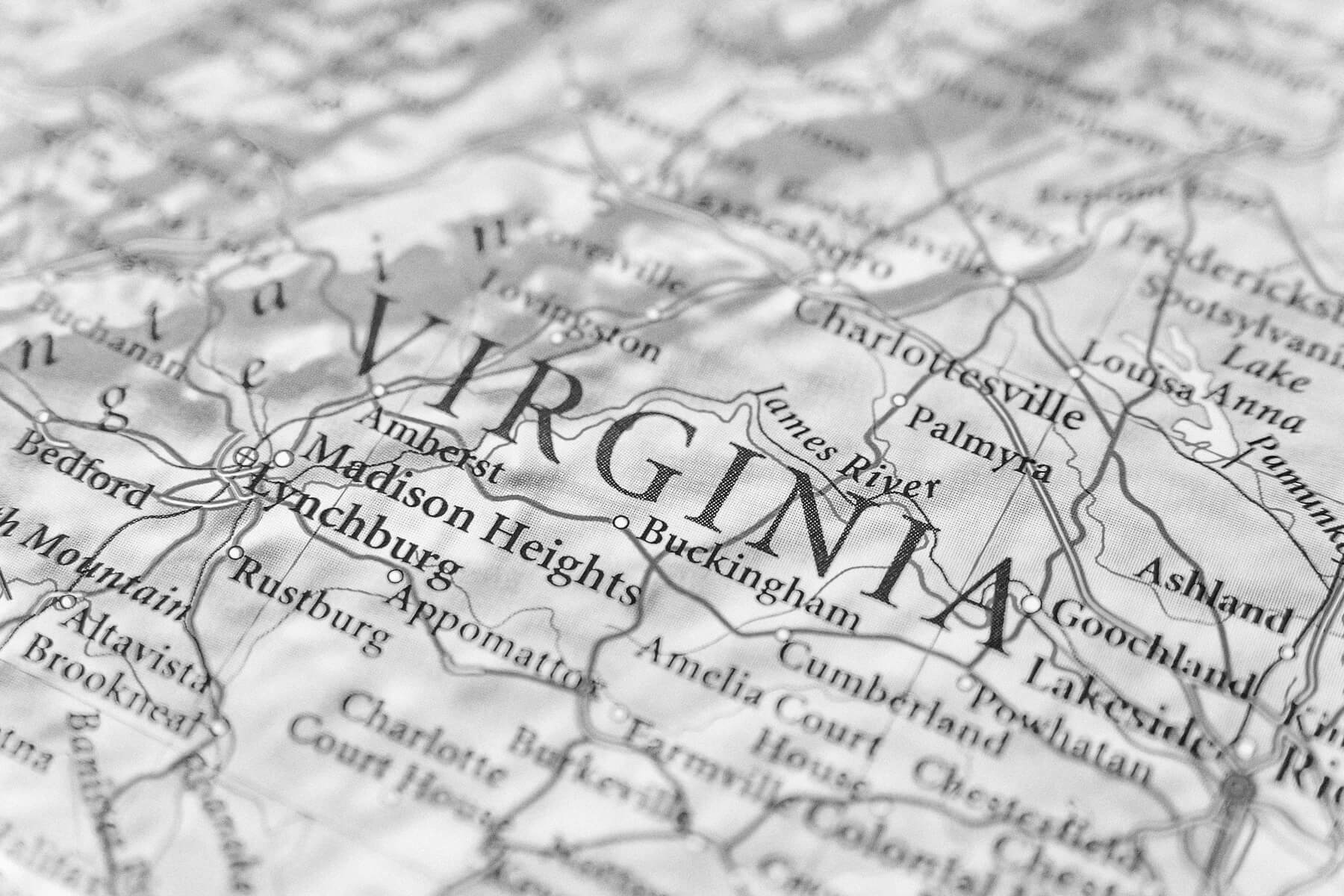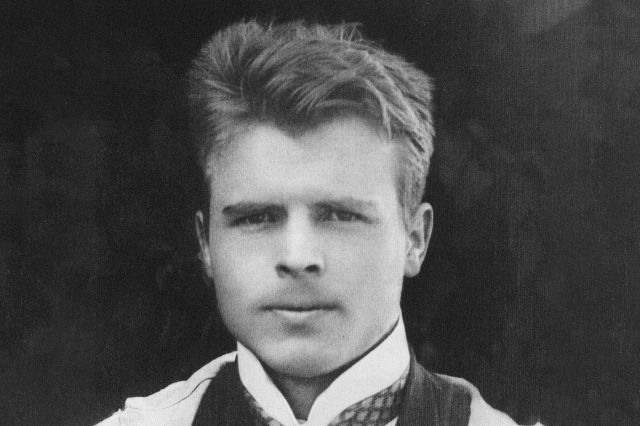
Rorschach’s Childhood Nickname Was “Inkblot”
Hermann Rorschach’s father was an art teacher, and Rorschach himself considered becoming a professional artist in his younger years. During his time as a secondary school student, he was nicknamed “Kleck,” the German word for “inkblot,” because of his interest in sketching and, more specifically, his fondness for klecksography, a popular game that consists of filling a piece of paper with ink and then folding it to obtain unique and interesting patterns and figures. As you may suppose, this childhood passion later became the foundation for Rorschach’s famous test.
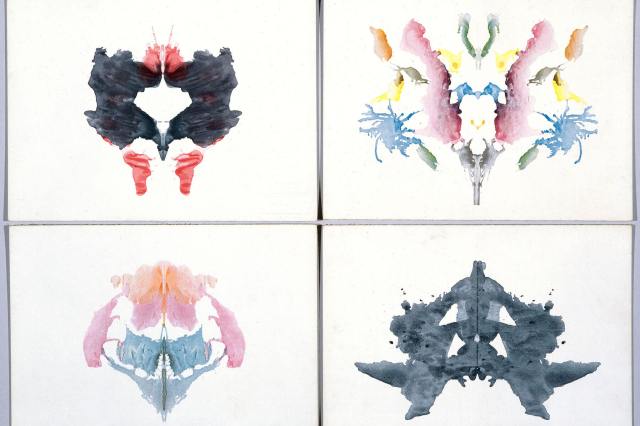
The Inkblots Aren’t Random
Despite popular belief, the 10 inkblots used in the test aren’t just random patterns. Rorschach carefully selected them from thousands of potential images, choosing specific designs that he found most effective in eliciting meaningful responses. Each blot was deliberately crafted with certain characteristics in mind, including specific colors, shading, and forms. The images are presented according to standardized instructions, such as the order in which they’re shown to the patient.

The Images Are Supposed To Be Secret
The Rorschach inkblots were supposed to be kept secret, but — like nearly everything else these days — they’re now easy to find online. The bubble of secrecy first burst in 2009, when emergency physician James Heilman posted all 10 inkblot plates on Wikipedia alongside the most common responses for each card. Outrage ensued, primarily from psychologists who complained that making the tests public rendered them useless. The complaints were valid, as the test is meant to be administered to people who have no prior familiarity with the images.
More Interesting Reads

The Rorschach Test Has a Complex Scoring System
The Rorschach test doesn’t just consist of showing it to a subject, asking what they see, and then interpreting the results based on the psychologist’s opinion alone. There are multiple types of complex scoring systems involved.
For the last three decades, the Rorschach Comprehensive System, developed by psychologist John Exner, has been the leading approach worldwide when it comes to scoring the test. In this case, scoring a subject’s responses is based on standardized factors such as location (which part of the blot was used), determinants (what influenced the response), content (what was seen), and special scores (any unusual characteristics of a response). Once every card has been shown, the psychologist codes each response to create an interpretative report based on the patient’s scores.

All the Cards Are Symmetrical
Of the 10 official inkblots in the Rorschach test, five inkblots are of black ink, two are of black and red ink, and three are multicolored — and all the cards are symmetrical. This symmetry may simply seem like the inevitable result of creating images using ink-blotting techniques, but for Rorschach, the symmetry played an important role. In Damion Searls’ book The Inkblots, Rorschach explains how “symmetry makes the form more pleasing to the eye and thus makes the subject more willing to perform the task.” He also notes that symmetrical images are equally suitable for left-handed and right-handed people and how the symmetry “encourages the seeing of whole scenes.”
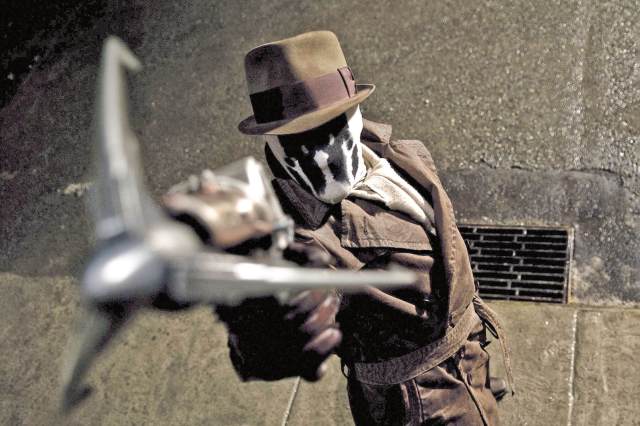
The Test Has Been Blotted All Over Pop Culture
In addition to making an indelible mark on psychology, the Rorschach test has become engrained in popular culture. In the 1980s, Andy Warhol made a series of paintings inspired by the inkblots, some more than 13 feet tall. Like many people, he had some misconceptions about the test. He was quoted by Los Angeles’ contemporary art museum The Broad as saying, “I thought that when you went to places like hospitals, they tell you to draw and make the Rorschach tests. I wish I’d known there was a set.”
Perhaps the most famous use of the Rorschach inkblots in pop culture is the character of Walter Kovacs, a vigilante also known as Rorschach who appears in the classic comic book series Watchmen and its 2009 movie adaptation. Rorschach wears a white mask adorned with a symmetrical — but constantly shifting — inkblot pattern.

